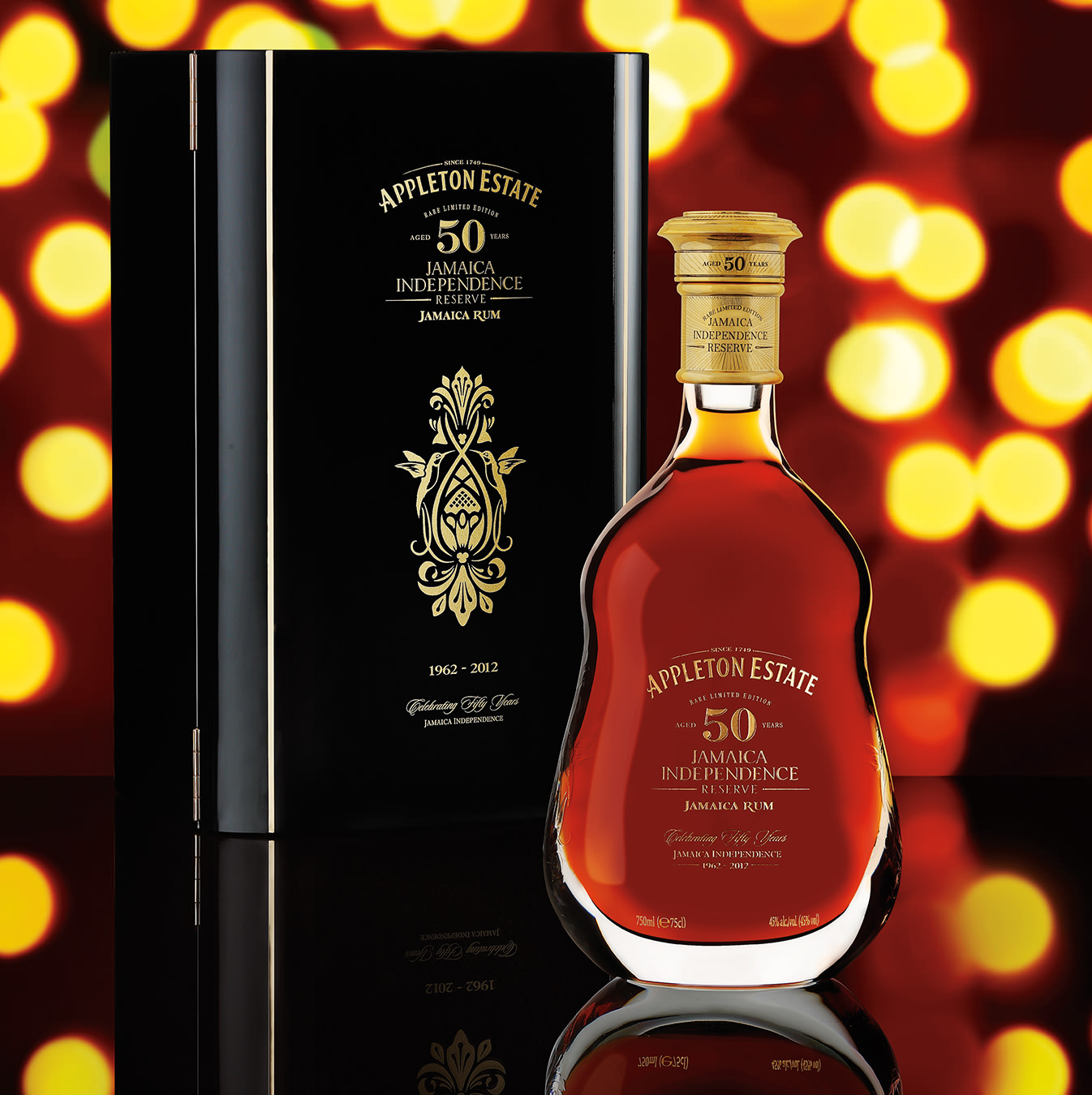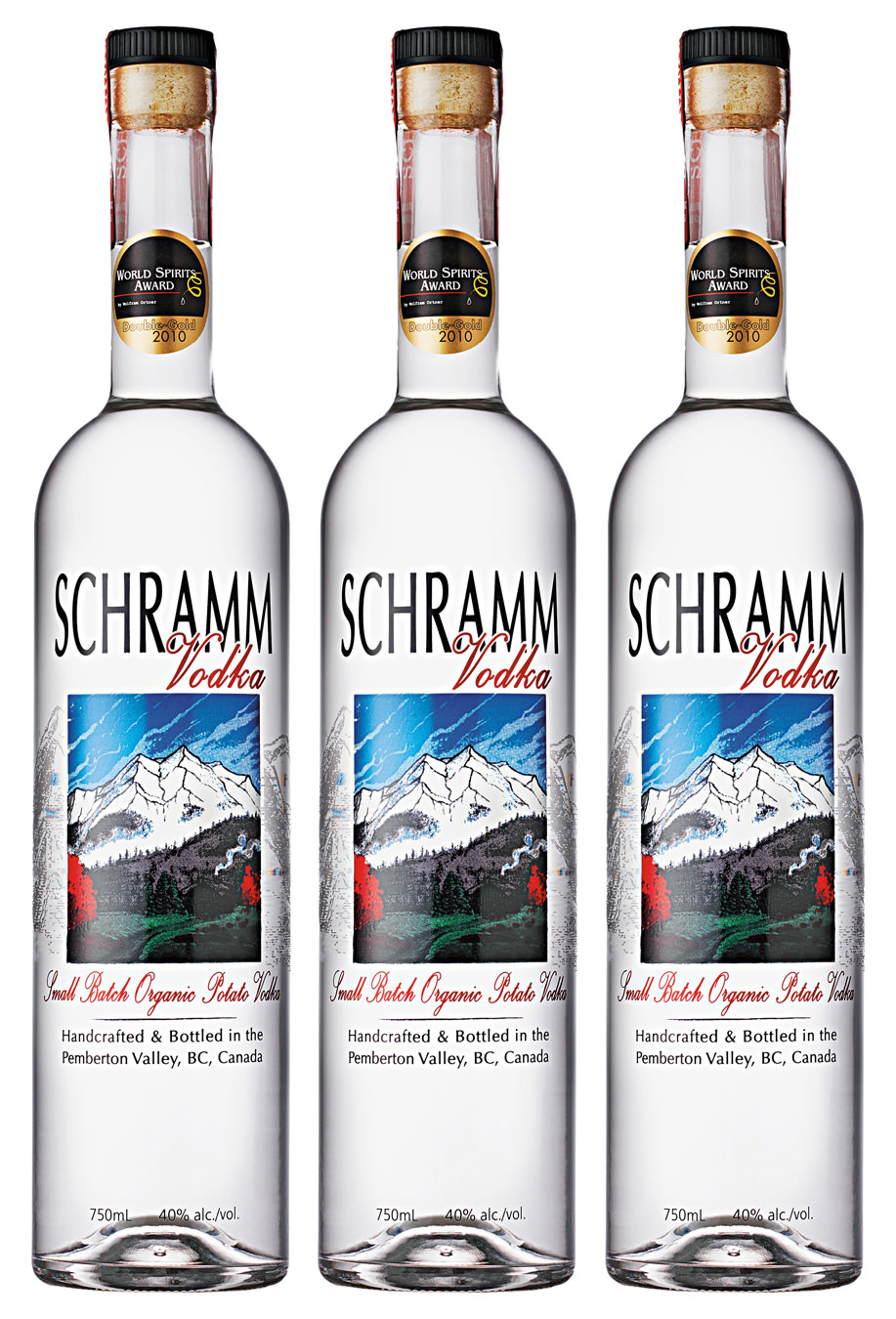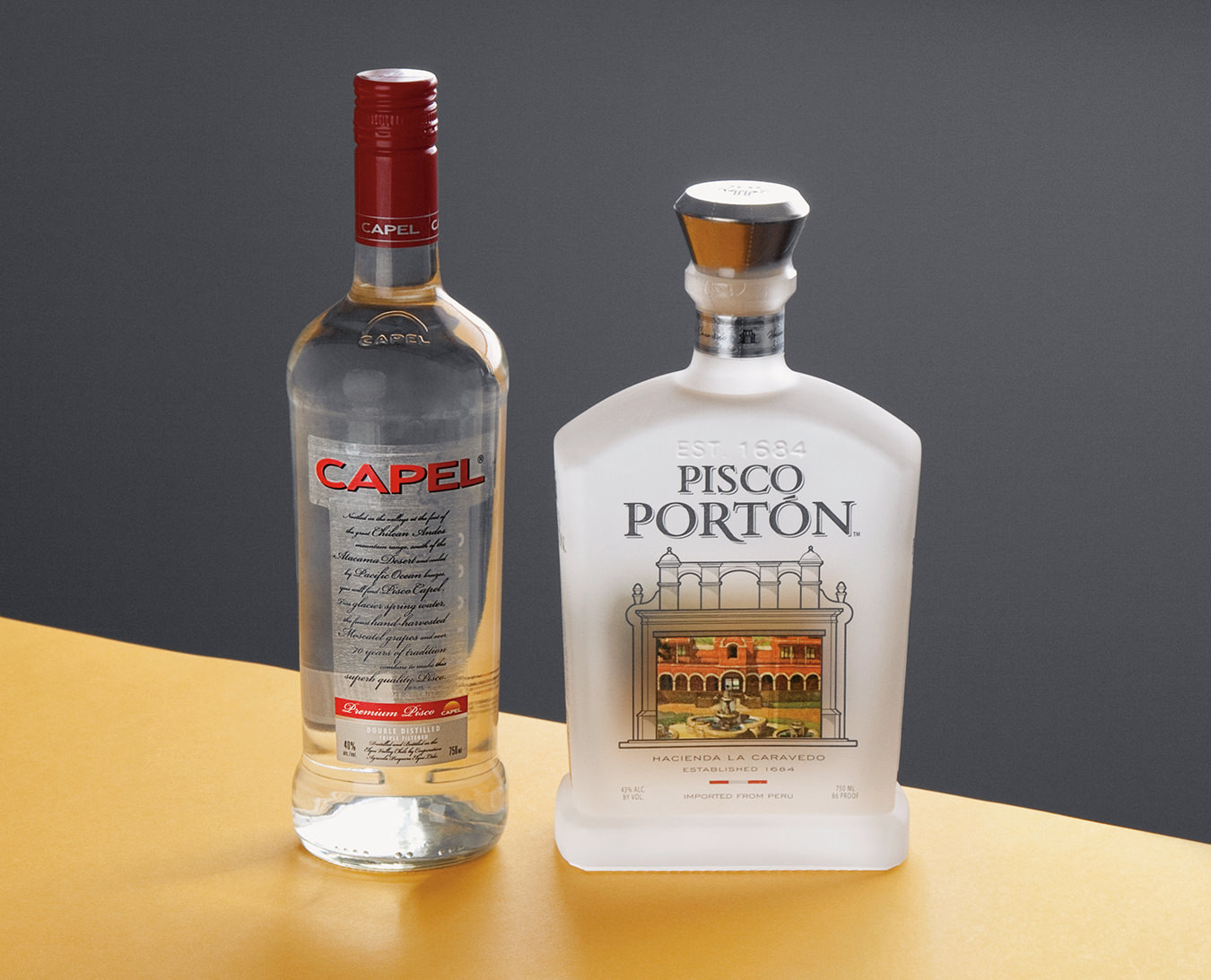Sheringham Distillery Akvavit
A Norse to be reckoned with.
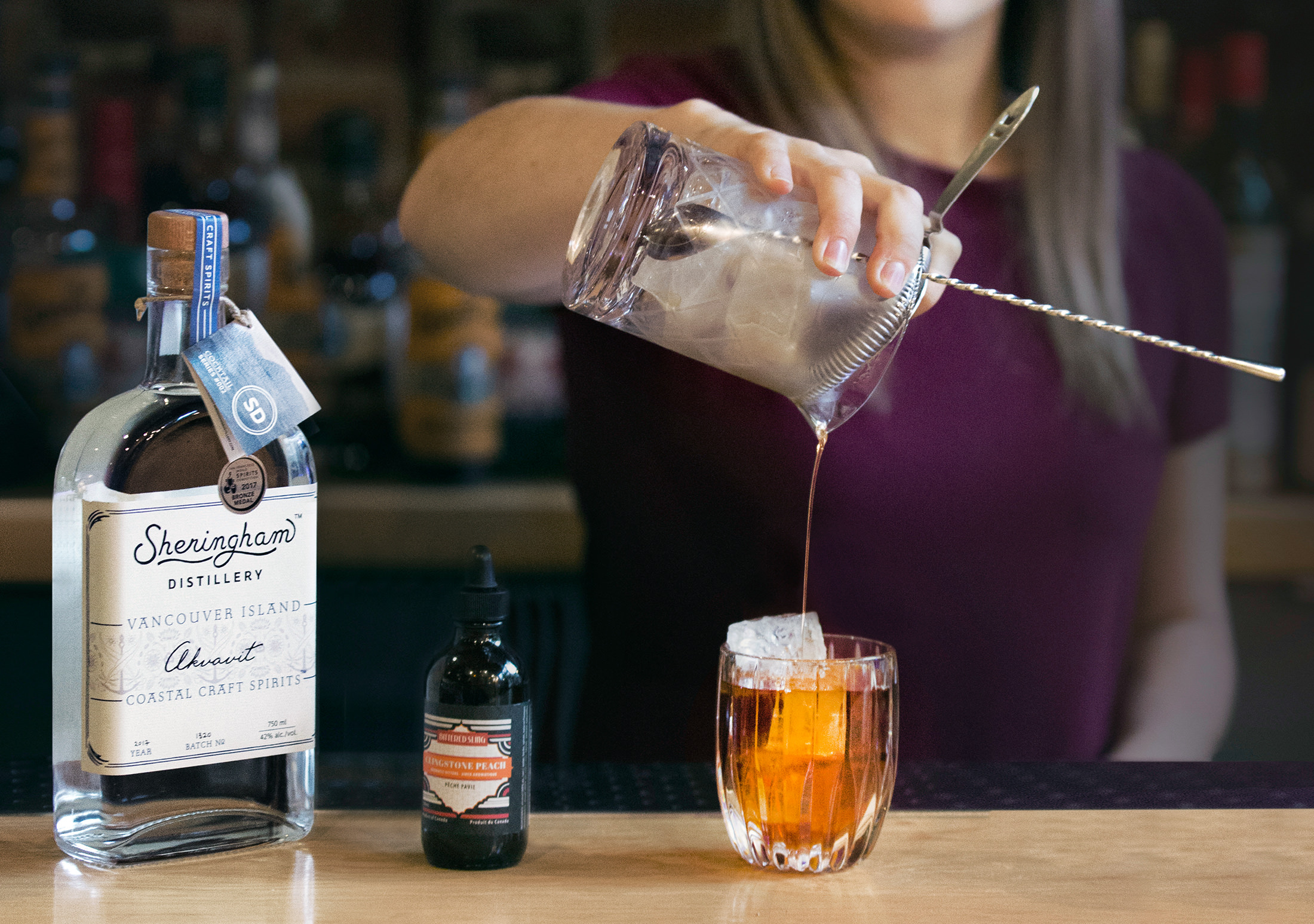
Apparently, it isn’t hard to make aquavit. The spirit—a kind of Nordic gin goosed with licorice-y caraway, fennel, and anise—has roots going back centuries and spreading throughout Scandinavia. The Internet tells me that for all that history, every aquavit is essentially the same: a base spirit macerated with herbs and a bit of citrus. Emboldened, I head to my kitchen and whip up a batch in a spare Mason jar to add to an upcoming blind tasting party. Easy, right?
The star of said party is Sheringham Distillery Akvavit (alternate spelling of aquavit). Sheringham, on Vancouver Island, is known for its vodka and especially its award-winning Seaside Gin, but its most recent offspring has become its most celebrated: in February, Sheringham’s aquavit won not only best in class at the inaugural Canadian Artisan Spirit Competition, but best in show. Yes, eight judges, tasting blind, chose this as the country’s finest craft spirit.
Yes, eight judges, tasting blind, chose this as the country’s finest craft spirit.
Sheringham head distiller Jason MacIsaac and CEO Alayne MacIsaac (they’re married with a five-year-old daughter) recently moved their head office to Sooke from tiny Shirley, B.C., and are relative newcomers to the distilling game, having released their first product only in 2015. The original plan, says Jason, was to make whisky—a course quickly corrected when Alayne told him, “If I’m going to be part of this, we’re going to make vodka and gin. Because that’s what I like.” Three years in, he explains, they produce all of those, though they’ve discontinued their William’s White unaged red fife wheat whisky in favour of a barrel-aged red fife version, now resting for the requisite three years in a mix of used (bourbon and rye) and new casks, all of American oak.
The aquavit owes its birth to a few factors. One is the success of the Seaside Gin, whose own romantic conception Jason loves to recount. “Alayne and I were strolling down here at French Beach, which is just in our neighbourhood. It was a beautiful day—the Nootka roses were blossoming on the side of the path, the sweet sea air was blowing, and there was just this beautiful smell in the air. ‘How can we capture this and put it into a gin?’ we asked. ‘One that expresses this area on Vancouver Island?’ We decided to use winged kelp as a botanical, plus rose petals, lavender, citrus, and of course juniper and coriander.”
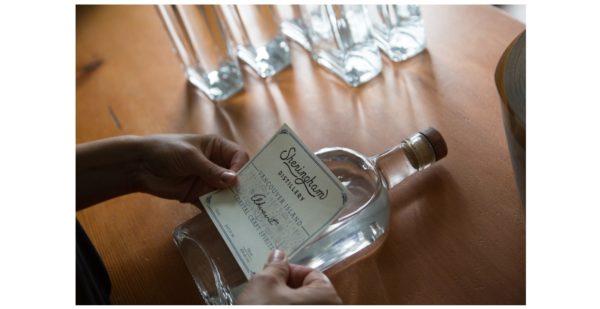
The combination was a hit, especially due to the presence of local, sustainably harvested seaweed, which seems to give the gin a special affinity for tonic water. But could lightning strike twice? “The kelp was so successful in the gin,” says Jason, “that I tried it in the aquavit and it worked there as well. It gives it a real taste of the region, but it also gives it a bit of depth and brings the other botanicals together.” The seaweed adds umami, he says, as it does to a stock. He should know—he graduated from Dubrulle French Culinary School in 1993 (which has since been acquired by LaSalle College Vancouver), then was a chef at Oak Bay’s Marina Restaurant and Point No Point, among others, before running his own private chef and catering business for 11 years.
More than anything, Jason believes, the culinary training and practise have allowed him to hold in his mind an accurate catalogue of flavours. That came in handy when he was building his gin, he says. He tried eight different recipes before finding the magic balance. By aquavit time—in collaboration with Island bartender Shawn Soole—“I used all the learning I’d had with the gins—the combinations, the essential oils, the amount of the base ingredient of the vodka—and utilized that. It was the first recipe I tried.”
To make the aquavit, Sheringham vodka is placed in a still for 24 hours with caraway, dill, star anise, angelica, orris root, lemon, and winged kelp. Its final flavours are wonderfully balanced, from the dill on the nose to the rye bread caraway warmth and the kiss of salinity on the finish.
To make the aquavit, Sheringham vodka is placed in a still for 24 hours with caraway, dill, star anise, angelica, orris root, lemon, and winged kelp.
The judges at my blind tasting easily pick it out from the pack, after a fun digression into the overlap of this and the sweet/bitter/oily appeal of Poire Williams. Speaking of which, I bring out a bottle of that eau-de-vie from Okanagan Spirits Craft Distillery, a much better drink than the same manufacturer’s aquavit, which the judges find to be drowned in anise (“like shitty ouzo”). To see if a warmer expression of the spirit is more pleasing, we try a cask-aged aquavit from Norway’s Linie brand. But though it’s more sippable than the Okanagan Spirits one, there’s an astringent, vegetal quality that seems to demand a cocktail over a straight shot. It wins second place, and we do enjoy it mixed in equal measure with rye along with a dash of bitters muddled with sugar in cocktail historian David Wondrich’s Old Bay Ridge drink.
And then there’s my homemade version, about which the less said, the better. The next morning, I’m confronted with these tasting notes: “Somebody Google ‘cough ball candies’. Was this aged inside a lemon? Like Ricola that’s gone off.” And a rough portrait of the face of someone who’s swallowed something unspeakable. Apparently, it’s hard to make aquavit.


